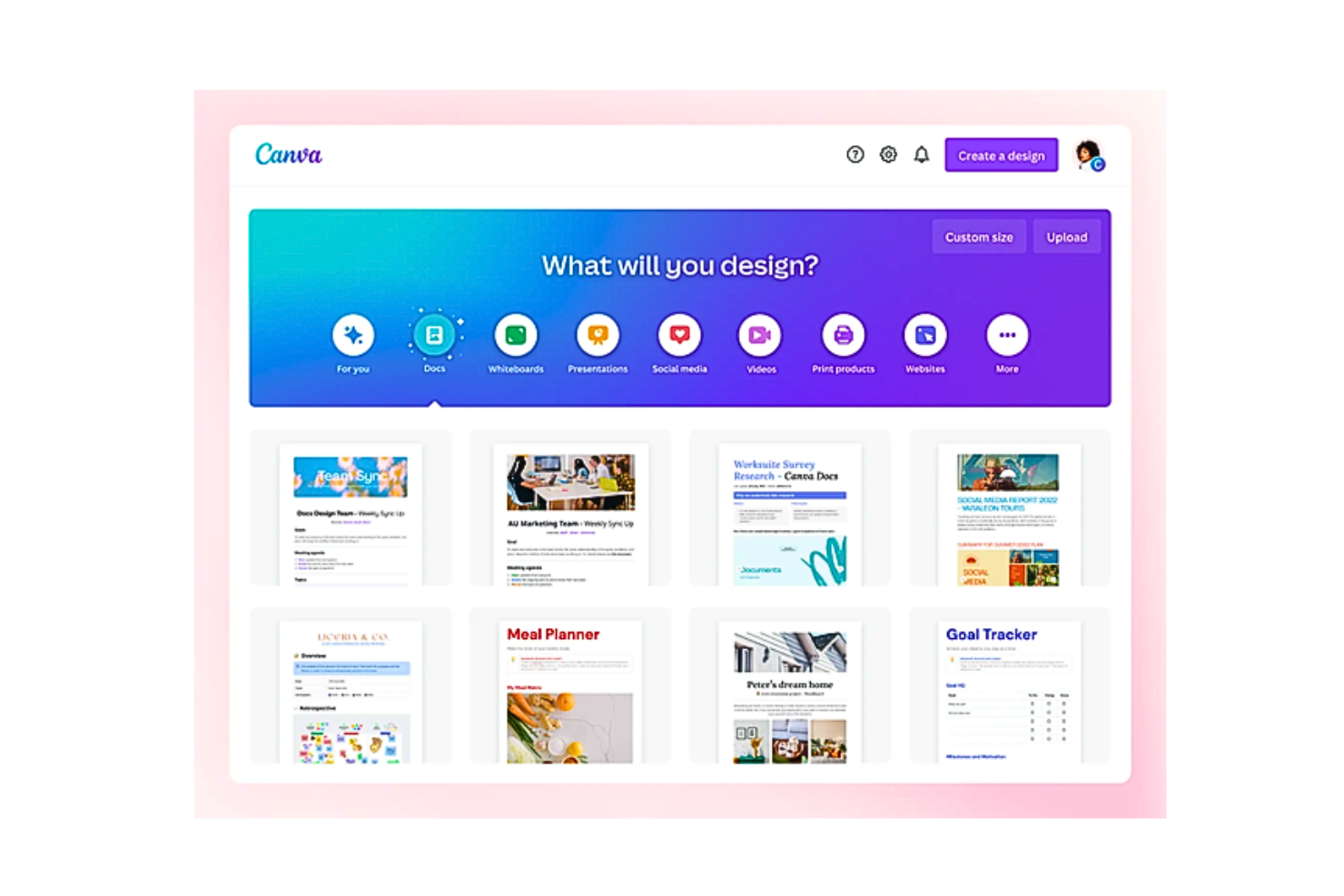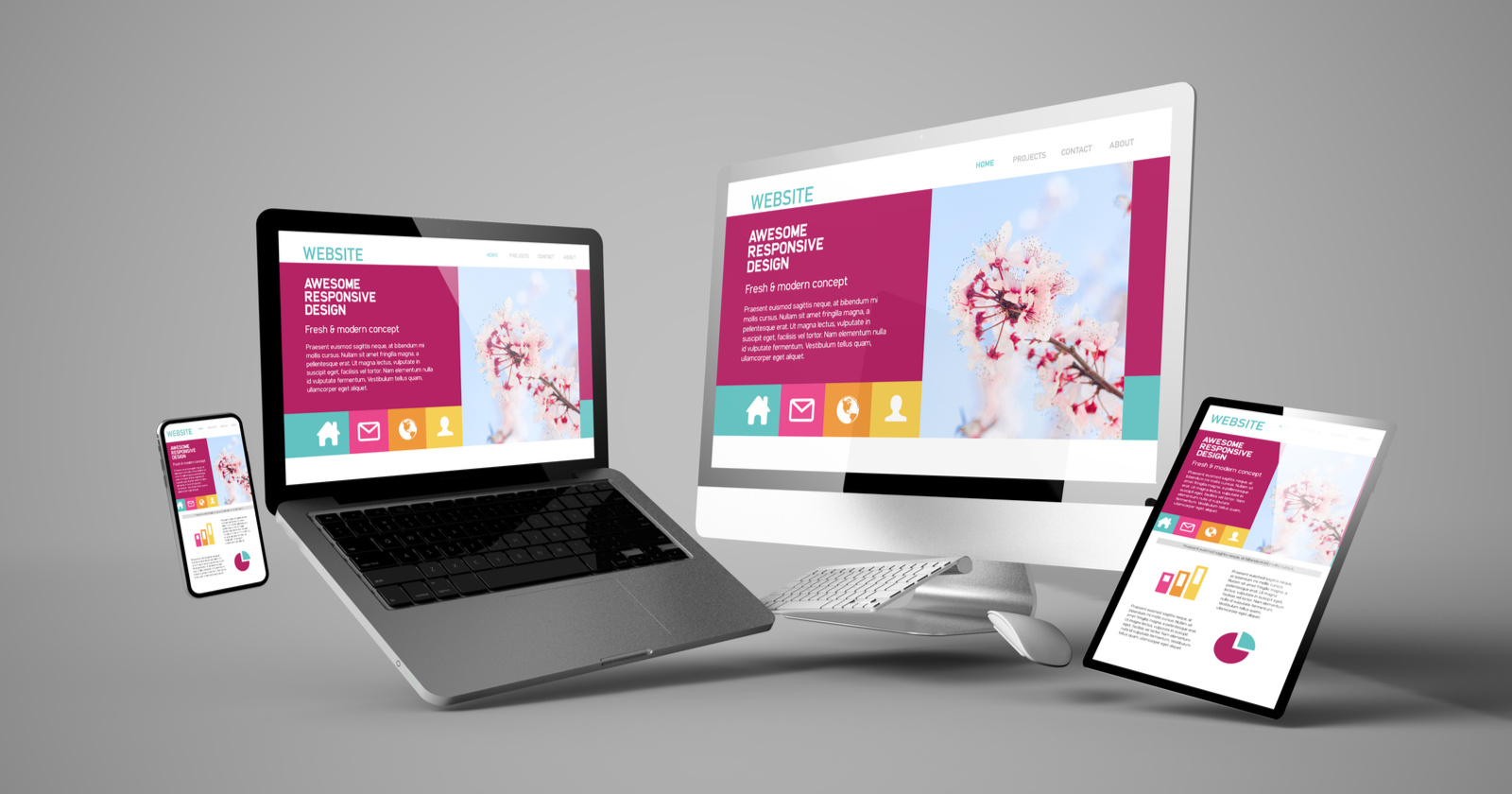Elevate Your Website with Cutting-Edge Web Design Johannesburg Techniques
Wiki Article
Unwinding the Intricacies of Receptive Website Design and Its Influence On Access and Functionality Throughout Various Tools
Responsive internet style (RWD) has actually emerged as a basic technique in creating digital experiences that are both accessible and useful across varied devices. By integrating strategies such as fluid grids and CSS media inquiries, RWD not just enhances customer engagement however additionally addresses important accessibility worries for people with impairments.Recognizing Responsive Web Style
Receptive website design personifies the principle of versatility, making certain that sites supply an optimum viewing experience across a selection of devices and screen dimensions. This approach utilizes adaptable grids, layouts, and pictures, making it possible for the content to dynamically change based upon the individual's tool. The increase of mobile net use has actually made receptive layout not just a trend, however a requirement for modern-day internet growth.At its core, receptive website design emphasizes fluidity and scalability. By utilizing CSS media queries, designers can tailor styles to varying screen dimensions, making sure that text remains legible and photos are displayed appropriately. This method accommodates the diverse range of devices, from smartphones to large desktop monitors, facilitating seamless navigating and communication.
Moreover, receptive website design improves individual engagement by decreasing the need for excessive zooming or straight scrolling, which can take away from the individual experience. By prioritizing ease of access, organizations can reach a broader audience, ensuring that all customers, no matter of gadget, can access content efficiently. Eventually, understanding receptive website design is essential for creating websites that are not just visually appealing yet likewise functional and straightforward throughout diverse systems.

Key Principles of RWD
Stressing flexibility and user-centric style, the vital concepts of responsive web style (RWD) focus on creating a seamless experience despite the tool being used. One basic concept is fluid grids, which make use of family member devices like percentages instead of repaired measurements. This technique makes certain that format elements adapt proportionally to varying screen dimensions, maintaining aesthetic coherence.Another important concept is adaptable photos and media, which resize within their having components. web design Johannesburg. By using CSS methods such as max-width, designers can prevent images from exceeding their moms and dad containers, making certain that visuals continue to be sharp and properly scaled throughout devices
Furthermore, media questions play a crucial function in RWD, enabling designers to use specific CSS styles based upon the features of the device, such as height, width, and orientation. This ability makes it possible for tailored experiences that enhance usability and involvement.
Additionally, a mobile-first method is progressively preferred, where designs focus on smaller screens and progressively boost for bigger devices. This concept not just optimizes performance however also deals with the expanding occurrence of mobile surfing. Collectively, these concepts create the backbone of responsive web layout, cultivating a user-friendly and adaptable digital setting.

Influence on Accessibility
The combination of receptive website design plays an important function in enhancing access for all individuals. By adopting a versatile design that adapts to varying display sizes and positionings, responsive layout ensures that content stays conveniently accessible and legible despite the gadget used. This versatility is specifically substantial for individuals with impairments, who might rely upon assistive innovations that function much more effectively when material is structured responsively.Additionally, receptive website design decreases the probability of i was reading this issues such as straight scrolling, which can hinder users with electric motor impairments or visual problems. By providing a consistent user experience across devices, designers can prioritize availability features such as key-board navigation and screen visitor compatibility, allowing for a much more comprehensive electronic setting.
Furthermore, internet search engine significantly favor receptive styles, which can improve exposure for customers looking for available content. Therefore, businesses and organizations are motivated to take on these practices not only to abide by ease of access standards but also to reach a broader audience. Ultimately, receptive website design is critical in promoting equitable access to info and solutions across varied individual groups, thus fostering an inclusive digital landscape.
Performance Across Tools

Moreover, the performance of web applications can vary considerably throughout gadgets. Mobile tools frequently have actually restricted processing power and slower internet connections, which can impact loading times and general individual experience. It is crucial for developers to maximize pictures, manuscripts, and other resources to make sure that efficiency stays continue reading this regular and reliable, no matter of the gadget being used.
Additionally, the layout and structure of content should adapt fluidly to various screen dimensions to maintain use. This versatility not just enhances user engagement but additionally reduces frustration, eventually leading to greater retention prices. In recap, prioritizing capability throughout tools is necessary for producing a inclusive and reliable web existence that accommodates the diverse needs of individuals.
Best Practices for Execution
Carrying out responsive web layout effectively requires a tactical approach that prioritizes customer experience and availability. To achieve this, begin by taking on a mobile-first layout approach, which highlights creating an ideal experience for smaller sized screens before scaling approximately bigger devices. This approach makes certain that important content is focused on and that functions are seamlessly incorporated.Following, use liquid grids and versatile designs. Use relative units, such as percentages, instead of fixed systems like pixels - web design Johannesburg. This versatility permits material to resize dynamically based on the screen's measurements, enhancing functionality throughout different tools
Furthermore, incorporate media questions to use particular CSS regulations based upon the qualities of the device, such as resolution, size, and height. This targeted method permits customized experiences that deal with the special abilities of each tool.
In addition, focus on access by making sure that all interactive elements are conveniently navigable via touch or keyboard. Carry out semantic HTML to improve display visitor compatibility and keep high contrast ratios for readability.
Verdict
To conclude, responsive web style functions as a foundational aspect in producing practical and available digital experiences across varied tools. By integrating fluid grids, adaptable pictures, and CSS media inquiries, receptive design not only enhances individual engagement yet also advertises fair accessibility to information for all individuals, consisting of those with disabilities. Sticking to finest practices in implementation makes certain that sites stay versatile, inevitably promoting a much more comprehensive electronic setting that fulfills the differing demands of individuals.Responsive web layout (RWD) has actually emerged as a basic approach in creating digital experiences that are both available and functional across varied tools.Responsive web design symbolizes the principle of flexibility, ensuring that sites supply an optimum watching experience across a selection of devices and display dimensions.Emphasizing versatility and user-centric design, the essential concepts of receptive web layout (RWD) revolve around creating a smooth a fantastic read experience no matter of the device being utilized.Functionality across devices is a key factor to consider in internet design, as individuals involve with content with a selection of platforms, including tablet computers, desktop computers, and mobile phones.In verdict, responsive internet layout serves as a foundational element in producing easily accessible and useful digital experiences throughout varied gadgets.
Report this wiki page